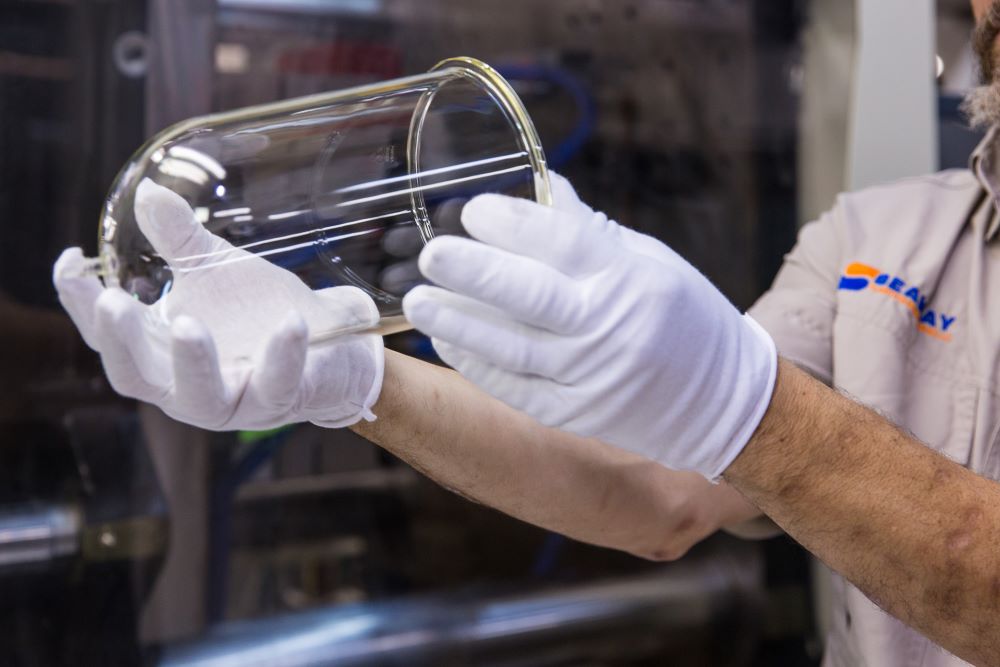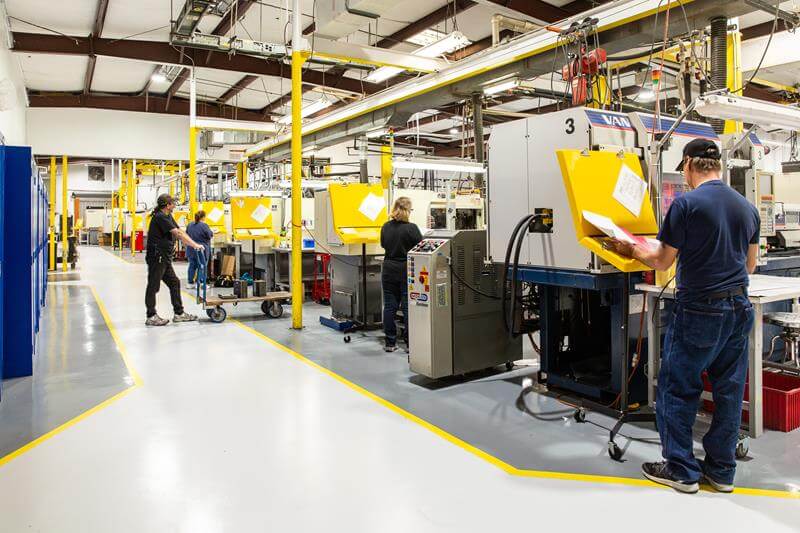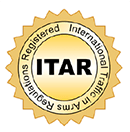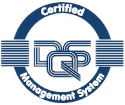Low-Volume Injection Molding
What is Low-Volume Injection Molding?
Low-volume injection molding refers to creating a “low” number of parts using the injection molding services following the specifications and requests of the customer. Injection molding is an incredibly versatile process used to create complex parts by injecting plastic resin into metal molds. Injection molding provides unmatched part precision, consistency, and reliability to the consumer. While many companies may utilize injection molding for significant part quantities, injection molding can also be used to deliver cost-effective results on limited part runs in what is known as low-volume injection molding. At Seaway Plastics Engineering, low-volume injection molding applies to any part run between 100 and 10,000 pieces. However, our average production lot is 1,000 pieces and progresses upwards from there.
In contrast to Seaway, other plastic injection molders will usually not consider low-volume projects that fall under 10,000 pieces. Our willingness to take on these niche requests is ideal for companies with specific needs in different fields that require continual innovation and quick turnaround times. Those with limited production needs, such as specialized intensive medical equipment and defense armaments, find Seaway’s capabilities desirable. For these specialized situations, companies will not require over 10,000 individual units. To add, some companies may need short-run manufacturing abilities to complete projects quickly or to develop prototypes for testing purposes before committing to a larger production cycle. With Seaway, companies can keep part quantities low, which allows for multiple designs and innovations to take place in a shorter period.
The world does not stop moving: Seaway keeps up with that continuous movement no matter how many pieces.

Types of Injection Molding
Several different types of injection molding exist, and the right options vary. Factors based on the project, the type of part you need, and the volume you need will affect which is best to use. Engineers and designers also consider the material of the mold itself when it comes to deciding on low-volume injection molding as a suitable method. Aluminum molds, for example, are best used for lower volume runs while hardened steel provides more security with higher volumes. Tooling costs vary between the two.
Types of injection molding include but are not limited to:
- Low-Volume Injection Molding = 100 - 10,000 parts
- Mid-Volume Injection Molding = 10,000 – 500,000 parts
- High-Volume Injection Molding = ≥1,000,000 parts
- Two shot molding
- Overmolding
- Silicone injection molding (LSR)
- Single-cavity, multi-cavity, and family molds
Based on their requirements, budget, and time frame, Seaway can meet expectations with samples in as little as 3 weeks, depending on market conditions.
This differs from additive manufacturing techniques like 3D printing which is best suited for production runs of less than one hundred units. As 3D printing is still a developing technology, final products may display technical issues like low structural integrity, visible ridges not present with injection molding, and a time-consuming layer-by-layer manufacturing process.
How Does Plastic Injection Molding Work?
Plastic injection molding works by melting, molding by machine, and cooling thermoplastics to create parts. The process starts by loading resin pellets into a barrel. Then, machines melt, compress, and inject the plastic into the mold’s runner system. The melted thermoplastics then wait until the previous mold is complete and ejected. Through the now-open gates, the melted thermoplastics fill the mold’s cavity. After filling, operators track factors like fill pressure and heat distribution throughout the process. This ensures that blemishes and other imperfections don’t appear. If they do, then operators or engineers can address them immediately.
When the thermoplastic is firm and solid, the mold opens, and ejector pins push the item out of the mold. Then, the mold closes, fills with another shot of thermoplastics, and the process continues to repeat until the batch is complete.
Thermoplastic Materials
Customers can choose from several different types of thermoplastics available to Seaway for their low-volume injection molding specifications. Thermoplastics can be defined as any plastic polymer material that displays pliability and moldability at designated elevated temperatures and hardens to the desired form upon cooling. In addition to the typical variety of plastic injection resins, Seaway also offers the option to make products out of highly engineered thermoplastic resins. With Seaway’s experience with over 700+ different types of resins, the possibilities are seemingly endless. Those resin types include but are not limited to:
- PEEK
- ABS
- Glass Filled Nylon
- PVC
- Silicone (LSR)
- And many others
When choosing resin, customers need to consider a few different factors when making a selection. They need to think first about the necessary mechanical and physical uses and properties of the part or assembly. Furthermore, customers should consider the product’s need for resistance to different types of exposure. Those include (but are not limited to) chemicals, heat, electricity, flames, and UV rays. Each factor may call for a different type of resin. In addition, each material has distinct features fit for individual uses. Those include cost, pliability, density, impact resistance, susceptibility to sink, dimensional accuracy, and water absorption rates.
Depending on the end usage or projected exposure, customers can also consider resin additives. Several different options exist including glass and carbon fibers. These can strengthen composites, increase hardness, reduce creep, lower costs, make parts self-lubricating, control EMI/RFI interference, or achieve other project goals. Again, each part might need a different resin that fits within the part’s purpose. All thermoplastic resins and resin additives are available for use in low-volume injection molding requests. For questions about specific thermoplastic materials, please request a quote with additional information and we will be happy to assist.
Product Designs and Moldability
The right design is critical when using low-volume injection molding to create a part. While developing the design, customers need to ensure the design meets the project's needs. At the same time, you also want to choose a design that lends itself to accurate, high-quality molding. Consider the following:
- Wall thickness: Consistent wall thickness helps to cut the risk of warping or distortion.
- Core geometry: Coring out parts eliminates unnecessary material and reduces thickness. This can alter dimensions, reduce the strength of the part, and eliminate the need for post-process machining.
- Material-specific designs: The design needs to complement the material you are using. For instance, the ideal wall thickness varies based on the molding material.
- Ramps: Ramps and slopes reduce the stress risks caused by sharp transitions.
- Radii: Using radii to smooth out sharp corners also helps to drop molded-in stress.
- Bosses: Avoid thick sections around screw bosses or they may cause voids in the molded part.
- Ribs: Ribs should be less than 60% of the thickness of the walls.
- Core-cavity: When possible, core-cavity stands superior to ribs. It gives a constant wall thickness, a better surface finish, and a faster molding time.
- Fillets: Fillets are design part features that strengthen the design by supporting themselves.
- Draft: Drafting refers to sloping vertical walls. It allows the molding machine to eject the part without making any marks or blemishes.
- Logos and tests: If you have to add logos or parts numbers, consider a few things first. Choose a mill-friendly font, limit the depth to between 0.010 and 0.015 inches, and think about increasing the draft as needed. The increase in draft supports easy ejection from the mold.
Engineers can help with other design considerations that would complement the molding process. Consult with a Seaway engineer today!
Applications for Low-Volume Injection Molding
Low-volume injection molding can be a suitable solution for a variety of industries including aerospace, healthcare, defense, consumer, and many others that require specialized plastic parts for prototype testing or limited applications. Much of the innovation and development in these industries owes itself to injection molding considering the versatility of this specific manufacturing technique.
Companies use injection molding in many applications due to its many benefits:
- Rapid prototypes
- Ability to make tight tolerances
- Fast parts manufacturing
- Ability to test product functionality using CAD models during the development stage
- Ability to create hundreds of thousands of parts in a short time
- Low-volume production options
- Supports quick and agile shifts in their manufacturing process

Featured Case Study
Low-Volume Injection Molding
This detection device company had designed a detection device for use in identifying airborne explosives, chemicals, and drugs (including fentanyl). With this in mind, manufacturers of the device had to keep to the strict specifications with little room for error. They required a highly engineered plastic resin to withstand extreme environments and consistently use without compromising the machine. However, most manufacturers when dealing with these types of highly engineered plastics either lack the experience to mold them properly or simply refuse to use them due to their complicated nature. Seaway saw this as the perfect opportunity to utilize low-volume injection molding to deliver a cost-effective solution with expedited turnaround time.






